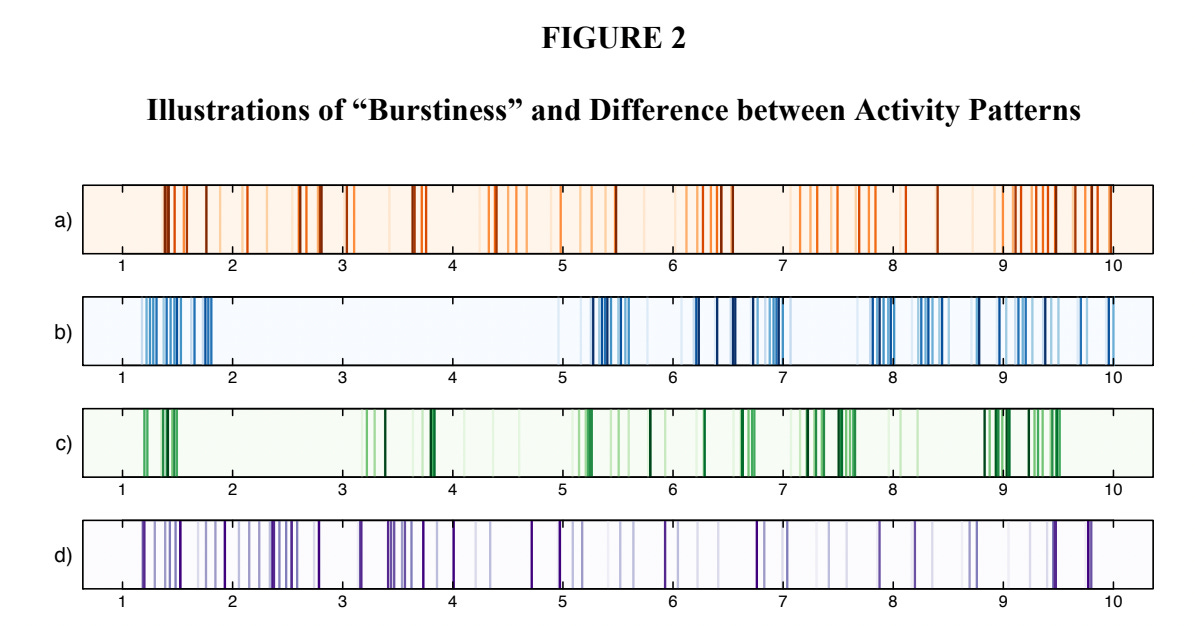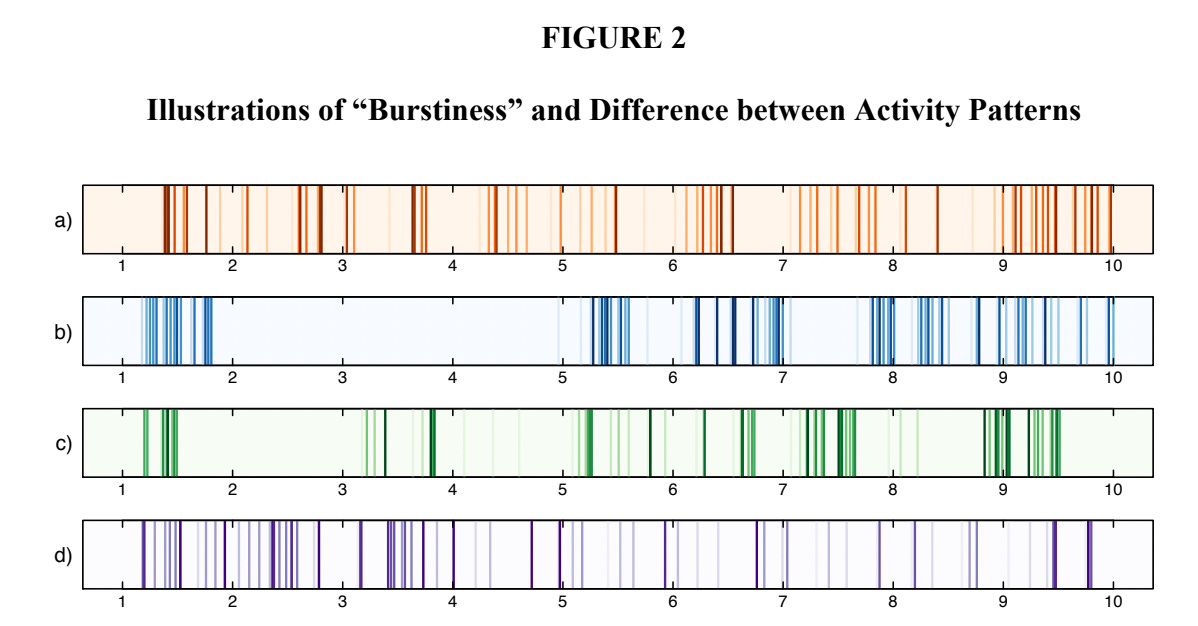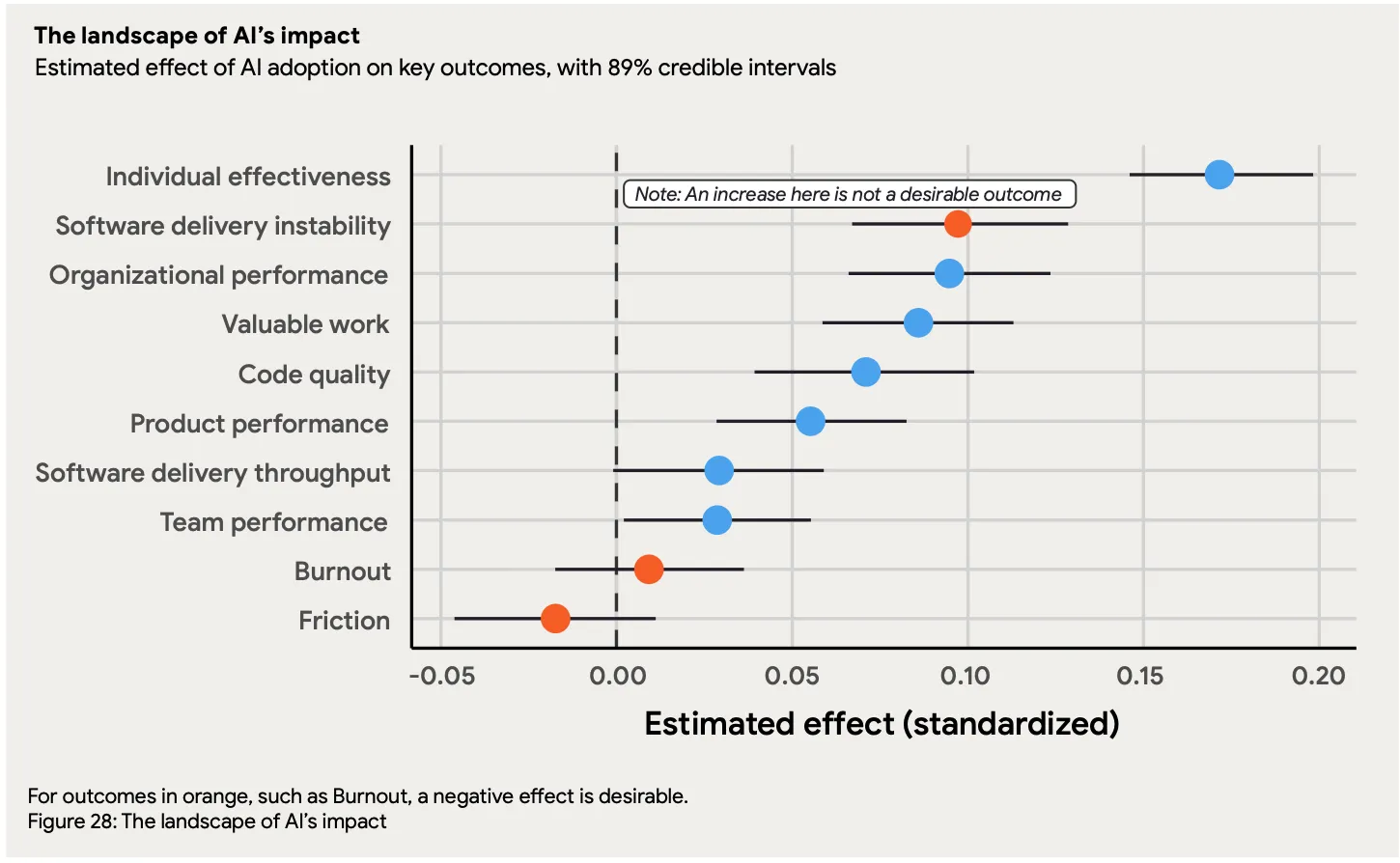The context
Asynchronous communication is now a foundational element of modern software development. Engineering teams increasingly rely on tools like Slack, GitHub, and Notion to collaborate across time zones, organizations, and schedules. While these systems offer flexibility and scale, they also remove real-time feedback cues and introduce challenges around timing, clarity, and coordination.
Prior research in organizational behavior has shown that the structure and timing of communication—especially in distributed and remote teams—can meaningfully impact team performance. In asynchronous environments, where interactions are disjointed and non-linear, the risk of information loss, misalignment, and cognitive overload increases. Yet some teams manage to overcome these barriers and consistently produce high-quality outcomes. Understanding what patterns of communication enable those results is essential for leaders aiming to improve effectiveness in async-first settings.
The research
To investigate what makes async engineering communication effective, researchers conducted a 10-day field experiment with 260 elite software engineers. Participants were randomly assigned to 52 globally distributed five-person teams on a crowdsourcing platform. Each team collaborated asynchronously to solve a real-world software problem—designing an algorithm to optimize medical kits for spaceflight. The researchers analyzed communication patterns and outcomes to identify which behaviors predicted the most success outcomes.

Key Findings included:
- Burstiness predicts performance. Teams that concentrated their collaboration into short, intense bursts—rather than evenly spread activity—achieved significantly better outcomes. A one standard deviation increase in burstiness led to a 29% performance boost.
- Information diversity matters more than message volume. Teams that discussed a wider range of topics—not just more messages—performed better. Diversity of content, not frequency, was the differentiator.
- Skill and incentives didn’t predict results. Neither individual expertise nor financial rewards had a significant effect unless they led to better collaboration patterns. Communication behavior outweighed static team attributes.
- Effective teams were highly responsive. Successful teams showed temporal coordination—when one member contributed, others replied quickly. This responsiveness amplified clarity and progress, despite time zone differences.
- Collaboration patterns mediated success. The best teams weren't necessarily the smartest—they were the most synchronized. Team skill only translated into outcomes when it resulted in richer, more responsive collaboration.
The application
Async communication is not just about sending messages—it's about shaping the rhythm, relevance, and responsiveness of collaboration. This study highlights that team outcomes improve when communication follows specific behavioral patterns: bursts of activity, timely engagement, and a wide range of content. Importantly, these effects were independent of incentives or raw skill—suggesting that how teams communicate is a stronger predictor of success than who is on the team.
Here are a few ways engineering leaders can put this research into practice in their own organizations:
- Consider “sync-like” async rituals. Encourage teams to cluster activity around specific windows (e.g., shared core hours or async review days). This helps create intentional bursts of feedback and faster iteration loops.
- Use async summaries and context threading. Encourage teams to consolidate conversations with summaries (e.g., "TL;DR" posts) and maintain clear context in replies. This reduces cognitive load and makes it easier for others to re-engage after breaks.
- Prompt diverse inputs during discussions. In Slack threads or doc reviews, invite different perspectives early. Frame questions that elicit varied thinking, not just rapid agreement.
- Measure team collaboration patterns. Use metrics aligned with frameworks like SPACE to assess responsiveness at the team level—such as satisfaction with collaboration, deep work, and dependability of teammates. These indicators can highlight whether teams are effectively unblocking each other and sustaining healthy async workflows.
By focusing on the structure of async interaction—not just the frequency—leaders can foster healthier collaboration patterns that improve clarity, speed, and performance across distributed teams.


.webp)

